

Articles
How To Store Rabbit Manure
Modified: October 19, 2024
Learn how to properly store rabbit manure with our helpful articles. Discover the benefits of composting this valuable resource for your garden or plants.
(Many of the links in this article redirect to a specific reviewed product. Your purchase of these products through affiliate links helps to generate commission for Storables.com, at no extra cost. Learn more)
Introduction
When it comes to organic gardening, there’s no denying the benefits of using natural fertilizers. And if you’re looking for one of the best, rabbit manure should definitely be on your radar. Rabbit manure is often referred to as “black gold” in the gardening world due to its rich nutrient content and ability to improve soil fertility.
But before you can reap the rewards of rabbit manure, it’s important to know how to properly store it. Storing rabbit manure correctly can help preserve its nutrients and prevent unpleasant odors. In this article, we will explore the various methods and tips for storing rabbit manure to ensure its effectiveness as a garden fertilizer.
Key Takeaways:
- Properly storing rabbit manure is crucial for preserving its nutrient content and preventing odors. Consider factors like aging, storage location, and container choice to ensure effective fertilization of your garden.
- Whether through compost piles, bins, bags, or worm bins, storing rabbit manure offers various advantages and considerations. Maintain moisture levels, airflow, and pest protection to harness its full potential as a natural fertilizer.
Benefits of Rabbit Manure
Rabbit manure is a powerhouse of nutrients that can greatly benefit your garden. Here are some of the key advantages of using rabbit manure as a fertilizer:
- High in nitrogen: Rabbit manure is one of the richest organic sources of nitrogen, an essential nutrient for plant growth. Nitrogen helps promote lush green foliage and stimulates overall plant development.
- Rich in phosphorus and potassium: Besides nitrogen, rabbit manure also contains significant amounts of phosphorus and potassium. Phosphorus aids in root development and flowering, while potassium enhances disease resistance and overall plant health.
- Improves soil structure: The organic matter in rabbit manure helps improve soil structure by increasing its water-holding capacity and drainage. It also enhances soil aeration, which is crucial for root development and nutrient uptake.
- Enriches soil fertility: The nutrients present in rabbit manure are released slowly over time, providing a long-term source of nourishment for plants. This gradual release helps prevent nutrient runoff and leaching, keeping your garden sustainable and environmentally friendly.
- Balances pH levels: Rabbit manure has a near-neutral pH, which helps balance the acid or alkaline levels in your soil. This is particularly beneficial for acidic soils, as it can help bring the pH to the ideal range for optimum plant growth.
- Improves microbial activity: Rabbit manure is teeming with beneficial microorganisms that contribute to healthy soil ecosystems. These microbes break down organic matter, release nutrients, and combat harmful pathogens, creating a thriving environment for your plants.
With its abundance of nutrients and soil-enhancing properties, rabbit manure is a valuable asset for any gardener looking to cultivate healthy and productive plants.
Factors to Consider Before Storing Rabbit Manure
Before you start storing rabbit manure, there are a few important factors to consider to ensure optimal results. Let’s take a look at these factors:
- Age of the manure: Fresh rabbit manure is high in ammonia, which can be harmful to plants if applied directly. It’s crucial to let the manure age and decompose for at least three to six months before using it as a fertilizer. This aging process allows the high nitrogen levels to stabilize and prevents burning or damaging plant roots.
- Mixing with bedding material: Rabbit manure is often mixed with bedding material, such as straw, wood chips, or sawdust, in the rabbit’s living area. Before storing the manure, ensure that any large chunks of bedding material are removed or separated. This will help maintain a uniform composting process and prevent clumping in the storage system.
- Composting method: There are various composting methods available for rabbit manure, including traditional compost piles, compost bins, worm bins, and container storage. Consider the available space, resources, and time you have, as different methods may suit your needs better than others.
- Local regulations: Some areas have specific regulations or restrictions on the storage and disposal of manure. Check with your local municipality or agricultural extension office to ensure that you comply with any guidelines or permits required for storing rabbit manure.
- Odor control: While rabbit manure typically produces less odor compared to other types of manure, it’s still important to consider odor control when storing it. Choosing an appropriate storage location, using proper storage methods, and ensuring adequate airflow can help minimize any potential odors.
By considering these factors, you can effectively plan and prepare for storing your rabbit manure, setting the stage for successful fertilization of your garden.
Choosing the Right Storage Location
Selecting the proper storage location for rabbit manure is crucial for its preservation and your convenience. Here are some important factors to consider when choosing the right storage location:
- Absence of direct sunlight: Rabbit manure should be stored in a shaded area that is protected from direct sunlight. Exposure to sunlight can cause the manure to dry out quickly, leading to a loss of nutrients. Additionally, direct sunlight can also create unfavorable conditions for the composting process.
- Good drainage: It’s important to choose a storage location with good drainage to prevent the accumulation of excess moisture. Rabbit manure that becomes too wet can lead to anaerobic conditions and unpleasant odors. If the chosen area has poor drainage, consider elevating the storage system or using a suitable container to allow for proper airflow and moisture control.
- Proximity to the garden: Storing rabbit manure near your garden can be convenient when it’s time to use it as a fertilizer. Consider a location that is easily accessible, minimizing the effort required to transport and apply the manure to your plants. This proximity can also serve as a reminder to apply the manure regularly, ensuring continuous soil improvement.
- Protection from pests: Rabbits are not the only creatures attracted to rabbit manure. Other animals, such as rats, mice, and flies, may also be drawn to the nutrient-rich material. Choose a storage location that minimizes the risk of pests accessing and damaging the manure. Consider using secure containers or covering the storage area with mesh or a lid to deter unwanted visitors.
- Ample space: Ensure that the chosen storage location provides enough space to accommodate the amount of rabbit manure you plan to store. Allow sufficient room for airflow around the manure, as proper ventilation is essential for the composting process. Overfilling or overcrowding the storage area can impede decomposition and lead to unfavorable conditions.
By considering these factors and selecting a suitable storage location for your rabbit manure, you can ensure its preservation and make the process of using it as a fertilizer more efficient and convenient.
Types of Rabbit Manure Storage Systems
There are several storage systems that you can utilize to store rabbit manure effectively. Let’s explore some of the common types of rabbit manure storage systems:
- Compost piles: One of the simplest and most traditional methods of storing rabbit manure is through compost piles. Create a designated area in your garden or backyard where you can pile up the manure along with other organic materials like leaves, grass clippings, and kitchen scraps. Turn the pile regularly to promote aeration and decomposition. Compost piles are ideal for those who have space and want to produce compost for their entire garden.
- Compost bins: Compost bins are enclosed structures that help contain the rabbit manure and facilitate the composting process. These bins can be made of various materials such as wood, plastic, or wire mesh. They provide a neat and compact solution for storing and composting small amounts of rabbit manure. Compost bins are suitable for those with limited space, as they take up less area compared to compost piles.
- Bags or containers: Rabbit manure can also be stored in bags or containers made of breathable materials, such as burlap sacks or mesh bags. This method is convenient for those who have a limited amount of manure or want to store it for a shorter period. Be sure to leave some space in the bag or container to allow for airflow and prevent the manure from becoming too compacted.
- Worm bins: Worm composting, also known as vermicomposting, is a unique method of storing and decomposing rabbit manure using worms. Create a bin specifically designed for worm composting and add layers of rabbit manure and bedding material. Worms will consume the manure and bedding, turning it into nutrient-rich vermicompost. This method is ideal for those interested in utilizing worm castings as a potent organic fertilizer.
Each of these storage systems has its own advantages and considerations. Choose the one that suits your space, resources, and gardening goals to effectively store your rabbit manure for future use.
Read more: How To Store Hay For Rabbits
Building a Compost Pile for Rabbit Manure
Creating a compost pile is a straightforward and effective method for storing and converting rabbit manure into nutrient-rich compost. Here’s a step-by-step guide on how to build a compost pile for your rabbit manure:
- Choose a location: Select a suitable area in your garden or backyard for your compost pile. Ensure it’s easily accessible and has good drainage.
- Prepare the site: Clear the area of any debris or vegetation. Lay down a layer of twigs or straw to promote aeration and drainage.
- Collect rabbit manure: Gather the rabbit manure, ensuring it has aged for at least three to six months for optimal decomposition. Remove any large bedding materials present in the manure.
- Layer the materials: Begin layering the manure with other organic materials such as dry leaves, grass clippings, or kitchen scraps. Alternate between layers of manure and carbon-rich (brown) materials like straw or shredded paper to maintain a balanced carbon-nitrogen ratio in your compost pile.
- Add moisture: Sprinkle water lightly between the layers to ensure the compost pile is moist but not overly saturated. Aim for a moisture level similar to a damp sponge.
- Aerate the pile: Periodically turn the compost pile using a garden fork or compost turner to promote airflow and facilitate decomposition. This helps break down the materials more quickly and evenly.
- Maintain the pile: Monitor the moisture level and temperature of the compost pile. Keep it moist but not soaked, and aim for a temperature range of around 110-160°F (43-71°C) for optimal decomposition.
- Allow for decomposition: Let the compost pile decompose for several months, occasionally turning it to speed up the process. Over time, the materials will break down into rich, crumbly compost.
- Use the compost: Once the compost is fully decomposed, it is ready to use in your garden. Spread it around plants, mix it into the soil, or use it as a top dressing to provide your plants with a nutrient boost.
Building a compost pile for your rabbit manure is an excellent way to store and transform it into a valuable soil amendment. By following these steps, you’ll be able to create nutrient-rich compost to enhance the fertility and health of your garden.
Store rabbit manure in a well-ventilated area to prevent moisture buildup and odor. Use a compost bin or pile to allow the manure to break down and create nutrient-rich fertilizer for your garden.
Using a Rabbit Manure Bin
A rabbit manure bin is a practical and convenient storage solution for those with limited space or smaller amounts of rabbit manure. Here’s a guide on how to effectively use a rabbit manure bin:
- Select a bin: Choose a container or bin specifically designed for composting. It can be made of materials like plastic, wood, or wire mesh. Ensure the bin has adequate drainage and ventilation to promote composting.
- Place the bin: Find a suitable location for your rabbit manure bin. It should be easily accessible and protected from extreme weather conditions.
- Collect the manure: Gather the rabbit manure that has aged for at least three to six months. Remove any large bedding materials from the manure before placing it in the bin.
- Add bedding: Start by adding a layer of bedding material to the bottom of the bin. This can include straw, shredded newspaper, dry leaves, or wood shavings. The bedding provides carbon-rich material and helps maintain moisture levels.
- Layer the manure: Add a layer of rabbit manure on top of the bedding material. For better decomposition, you can alternate between layers of manure and bedding.
- Monitor moisture: Check the moisture level of the bin regularly. The composting material should be moist but not waterlogged. Adjust the moisture by lightly spraying water if needed.
- Aerate the bin: Every few weeks, use a pitchfork or a compost turner to turn the materials in the bin. This promotes aeration and helps break down the manure more efficiently.
- Compost maturity: Allow time for the manure to decompose in the bin. This can take several months. Monitor the compost’s temperature, which should ideally be between 110-160°F (43-71°C) for optimal decomposition.
- Harvest the compost: Once the compost is well decomposed and resembles dark, crumbly soil, it is ready to be harvested. Remove the mature compost from the bin and use it in your garden.
A rabbit manure bin provides a controlled environment for composting and allows for easy management of the composting process. By following these steps, you can effectively utilize a rabbit manure bin to store and transform your rabbit manure into nutrient-rich compost.
Storing Rabbit Manure in Bags or Containers
If you have a small amount of rabbit manure or limited space, storing it in bags or containers can be a practical solution. Here are some steps to effectively store rabbit manure in bags or containers:
- Choose the right bags or containers: Select breathable bags or containers made of materials like burlap sacks, mesh bags, or plastic containers with ventilation holes. These will allow for proper airflow and prevent the manure from becoming compacted.
- Collect and prepare the manure: Gather the aged rabbit manure that has decomposed for at least three to six months. Remove any large bedding materials present in the manure to ensure a uniform composting process.
- Layer in the bags or containers: Fill the bags or containers with rabbit manure, leaving some space at the top to allow for expansion and airflow. Aim for uniform layers of manure and avoid densely packing it.
- Seal the bags or containers: If using bags, tie them securely to prevent any moisture or odors from escaping. For containers, use lids or covers with ventilation holes to allow for airflow while keeping pests out.
- Store in a cool, shaded area: Find a cool and shaded location to store the bags or containers. Direct sunlight can dry out the manure and degrade its nutrient content. Keep the storage area well-ventilated to prevent the buildup of excess moisture or odors.
- Monitor the moisture level: Check the bags or containers periodically to ensure they are not becoming overly moist or dry. Adjust the moisture level if necessary by adding a small amount of water or allowing excess moisture to evaporate.
- Rotate the storage: If you have multiple bags or containers, periodically rotate them to ensure even aging and decomposition of the manure. This helps maintain a consistent quality of the stored rabbit manure.
- Proper labeling: Label the bags or containers with the date of collection to keep track of the age of the manure. This will help ensure that you use the oldest manure first and maintain a regular rotation system.
- Use as needed: When you’re ready to use the rabbit manure, simply open the bags or containers and apply it to your garden. The aged manure will be rich in nutrients and ready to nourish your plants.
Storing rabbit manure in bags or containers is a convenient option for those with limited space or smaller amounts of manure. By following these steps, you will be able to effectively store the manure while preserving its nutrient content for future use in your garden.
Storing Rabbit Manure in a Worm Bin
Storing rabbit manure in a worm bin, also known as vermicomposting, is a unique and efficient method that allows you to transform the manure into nutrient-rich vermicompost. Here’s a step-by-step guide on how to store rabbit manure in a worm bin:
- Select a worm bin: Choose a suitable worm bin for vermicomposting. You can purchase a worm composting bin or make your own using materials like plastic containers or wooden boxes.
- Create bedding: Prepare a bedding mixture for the worms using materials such as shredded newspaper, coconut coir, or chipped cardboard. Moisten the bedding to a damp but not soggy consistency.
- Add worms: Introduce red worms or composting worms to the bedding. These worms will be responsible for consuming the rabbit manure and turning it into vermicompost.
- Layer rabbit manure: Spread a layer of aged rabbit manure on top of the bedding. Ensure that the manure is well-aged and free from large chunks or bedding material.
- Cover the manure: Place a layer of moistened bedding material over the manure to create a protective barrier. This helps maintain moisture and provides a favorable environment for the worms.
- Maintain proper moisture: Regularly check the moisture level in the worm bin. The bedding and manure should feel damp but not waterlogged. Adjust the moisture by spraying water or adding dry bedding material as needed.
- Feed the worms: Periodically add additional layers of rabbit manure to the worm bin as the worms consume the previous layers. It’s important to avoid overfeeding the worms and maintain a balance between the amount of food scraps and bedding material.
- Aerate the bin: Use a pitchfork or garden fork to gently fluff up the bedding and manure in the worm bin. This promotes aeration and helps the worms break down the manure more efficiently.
- Harvest the vermicompost: Over time, the worms will convert the rabbit manure into rich vermicompost. Harvest the vermicompost by gently separating it from the remaining bedding and worms. Use the vermicompost to enrich your garden soil or as a top dressing for plants.
Storing rabbit manure in a worm bin offers the advantage of converting the manure into nutrient-rich vermicompost while harnessing the beneficial actions of the worms. Follow these steps to successfully store and utilize rabbit manure in a worm bin.
Read more: How To Store Rabbit Poop For Fertilizer
Tips for Properly Storing Rabbit Manure
To maximize the benefits of rabbit manure and ensure its proper storage, consider the following tips:
- Age the manure: Allow rabbit manure to age and decompose for at least three to six months before storing it. This aging process helps stabilize the nutrient levels and prevents burning or damaging plant roots when applied as a fertilizer.
- Remove bedding materials: Before storing the manure, remove any large bedding materials like straw, wood chips, or sawdust. This helps maintain a uniform composting process and prevents clumping in the storage system.
- Choose appropriate storage containers: Select bags, containers, bins, or composting systems that are suitable for the amount of manure you have. Ensure they provide adequate ventilation and are made of breathable materials to prevent moisture buildup and promote proper airflow.
- Store in a shaded area: Rabbit manure should be stored in a shaded location to protect it from direct sunlight. Sunlight can dry out the manure and decrease its nutrient content. Choose a cool, shaded area like a garage, shed, or covered space.
- Ensure good airflow: Proper ventilation is important for storing rabbit manure. Good airflow helps prevent the buildup of excess moisture and minimizes the risk of odors. Choose storage systems that allow for adequate ventilation or use perforated bags or containers.
- Regulate moisture levels: Monitor the moisture content of the stored manure. It should be moist but not overly wet or dry. Adjust the moisture level as needed by lightly spraying water or adding dry, absorbent materials to maintain an optimal balance.
- Prevent pest access: Protect stored rabbit manure from pests like rats, mice, flies, and other animals. Use secure containers or coverings to discourage their entry. Regularly inspect the storage area for any signs of pests.
- Rotate the storage: If you have multiple storage containers, rotate them periodically. This ensures that the manure is aged consistently and prevents any one container from becoming overloaded or forgotten.
- Label and track: Label your stored rabbit manure with the date it was collected. This helps keep track of aging and ensures that you use the oldest manure first. Keeping a record or log can also help you maintain a regular rotation system.
- Regularly check stored manure: Monitor the condition of the stored manure periodically. Check for any signs of excess moisture, strong odors, or pest activity. Make necessary adjustments or take action accordingly to maintain the quality of the manure.
By following these tips, you can properly store rabbit manure, preserving its nutrient content, preventing odors, and ensuring its effectiveness as a garden fertilizer when applied at the right time.
Conclusion
Storing rabbit manure properly is essential to harness its full potential as a nutrient-rich fertilizer for your garden. Whether you choose to create a compost pile, use a bin, store it in bags, or opt for vermicomposting, the key is to follow the right methods and considerations.
Rabbit manure offers numerous benefits, including its high nitrogen content, richness in phosphorus and potassium, and ability to improve soil structure and fertility. It balances pH levels, enhances microbial activity, and provides a slow-release source of nutrients for plants.
Before storing rabbit manure, make sure it has aged for several months and remove any large bedding materials. Consider factors such as space, local regulations, and odor control when choosing the storage location. Whether you opt for a compost pile, bin, bags, or worm bin, each method has its own advantages and considerations.
Remember to properly maintain moisture levels, ensure adequate airflow, and protect the stored manure from pests. Regularly check the condition of the manure and rotate storage containers if applicable. Labeling and tracking the manure can help you maintain a consistent rotation system and use the oldest manure first.
By following these guidelines and tips, you can store rabbit manure effectively, preserving its nutrient content, preventing odors, and ensuring its optimal performance as a natural fertilizer for your garden. The “black gold” of rabbit manure will help you cultivate healthy, vibrant plants, and contribute to a sustainable and thriving garden ecosystem.
Now that you've mastered storing rabbit manure, why not boost your garden's growth with top organic fertilizers? Our guide on the best selections for enriching soil offers great options to complement your composting efforts. Also, if you're thinking about upgrading your garden's look, check out our creative fencing ideas. These designs can add charm and functionality to any outdoor space, ensuring your garden stands out beautifully.
Frequently Asked Questions about How To Store Rabbit Manure
Was this page helpful?
At Storables.com, we guarantee accurate and reliable information. Our content, validated by Expert Board Contributors, is crafted following stringent Editorial Policies. We're committed to providing you with well-researched, expert-backed insights for all your informational needs.
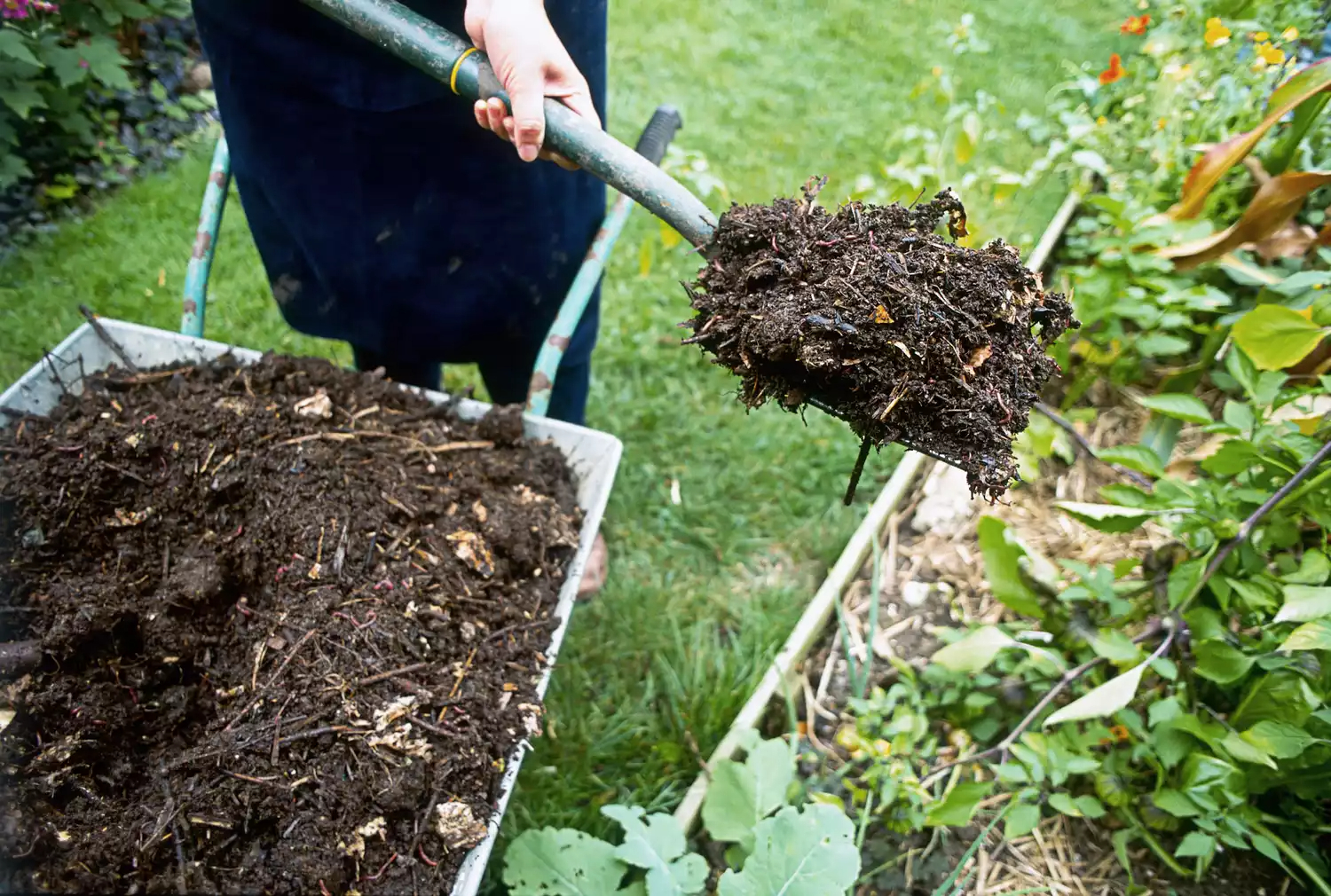

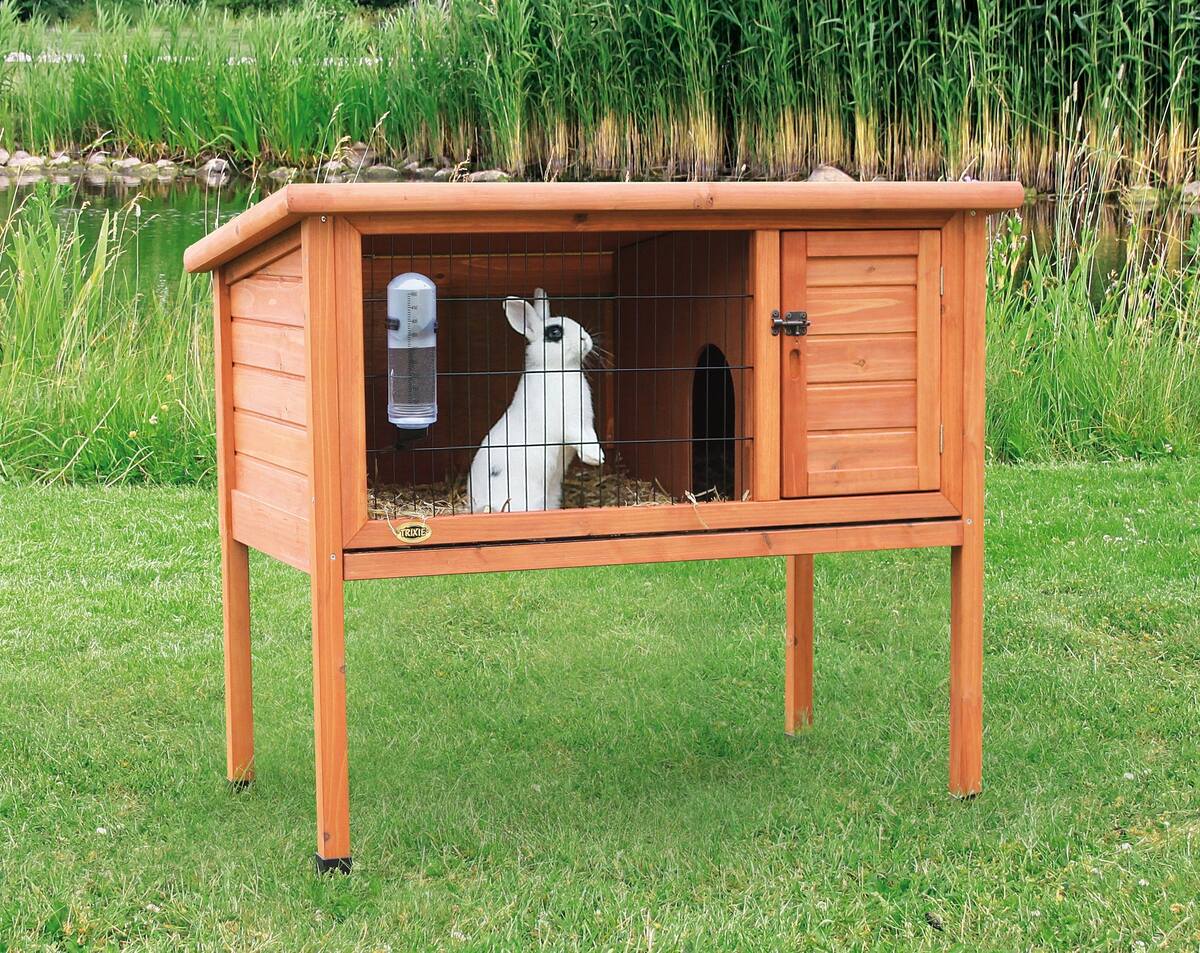
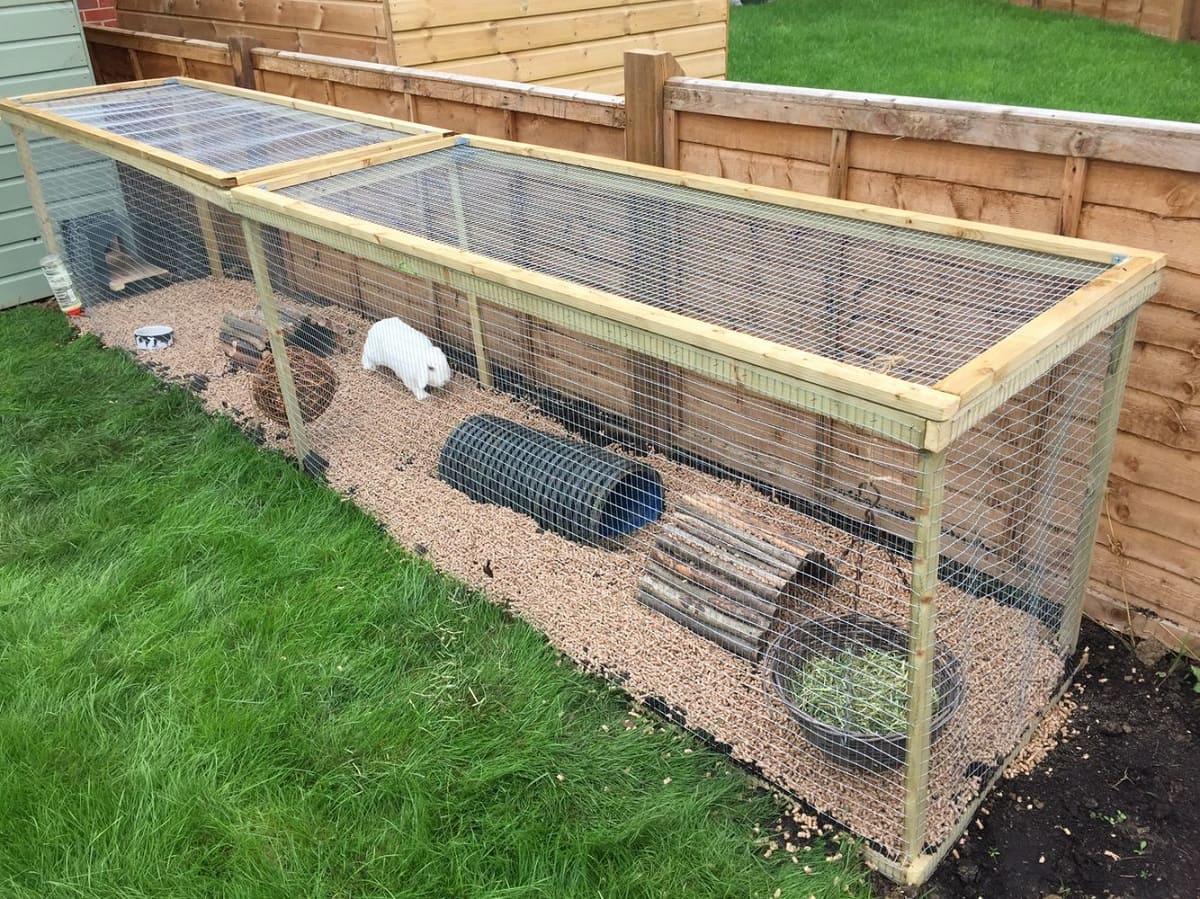
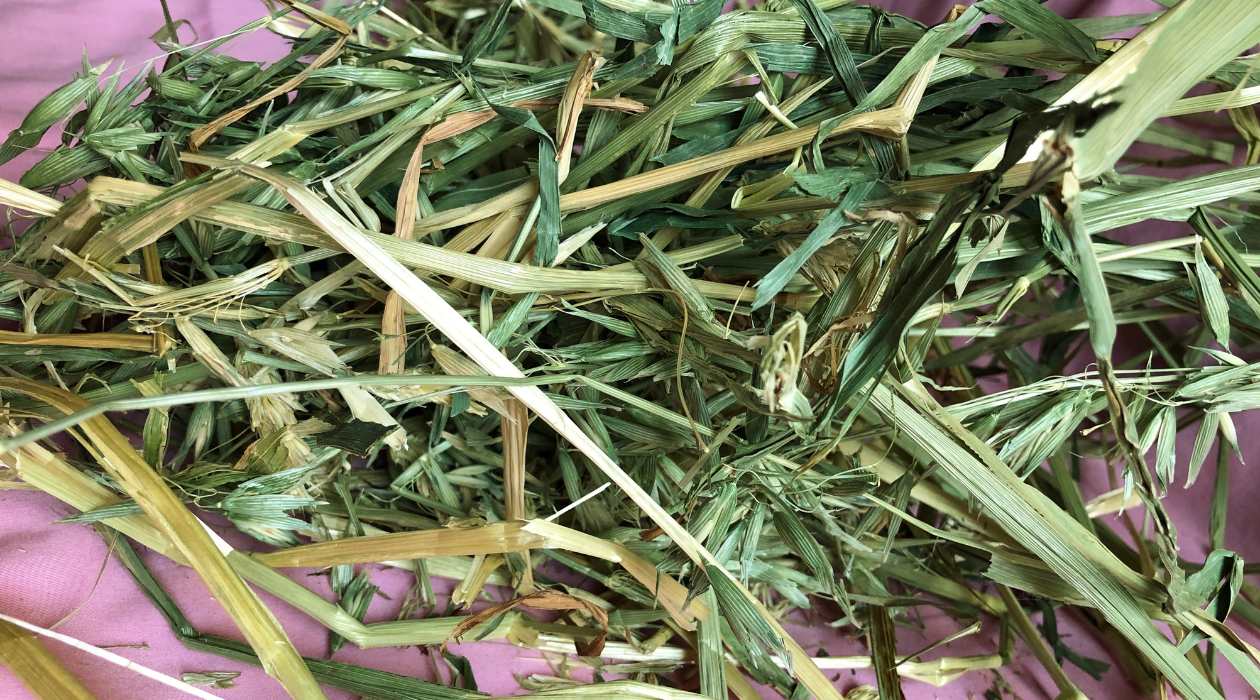
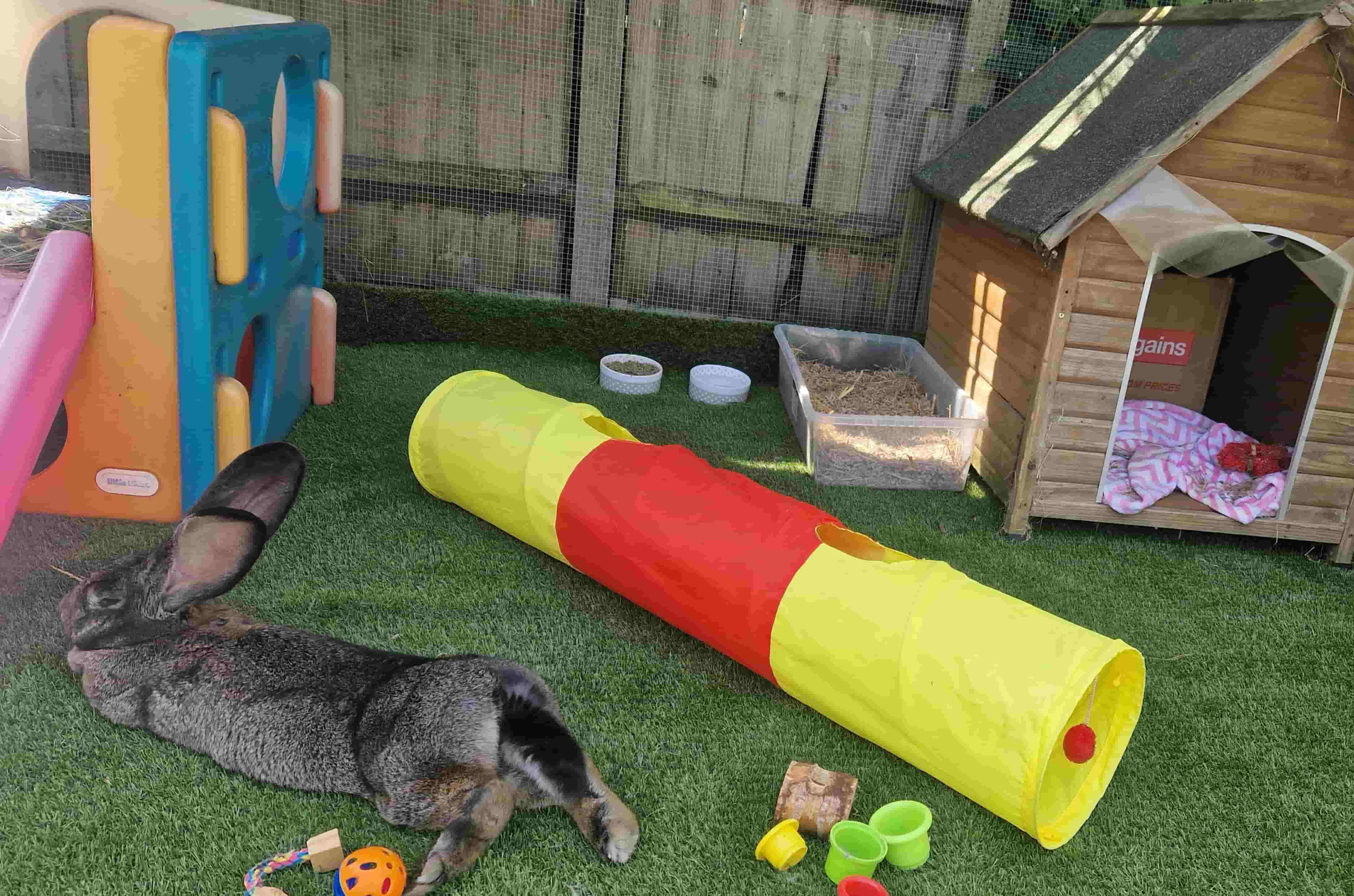
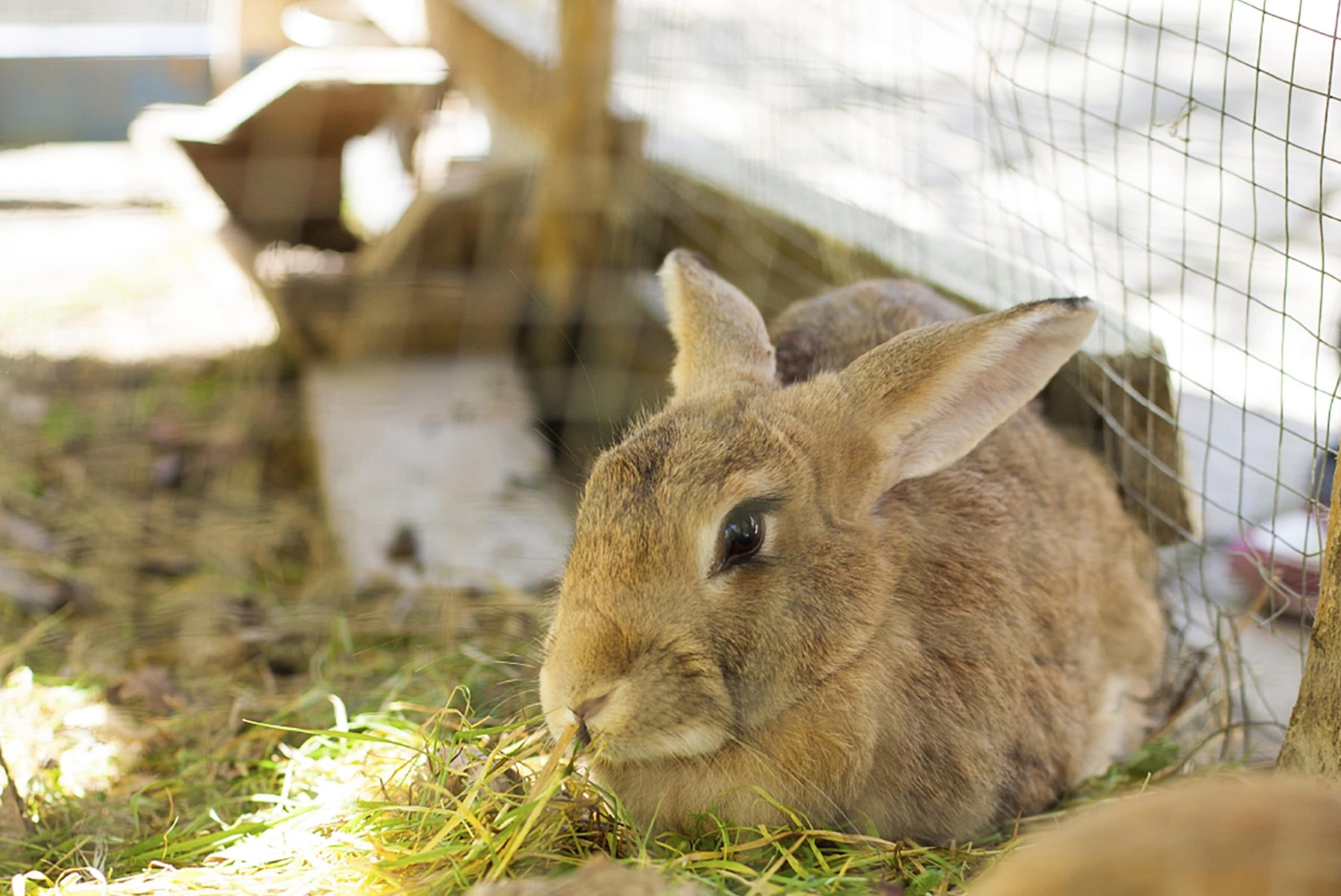
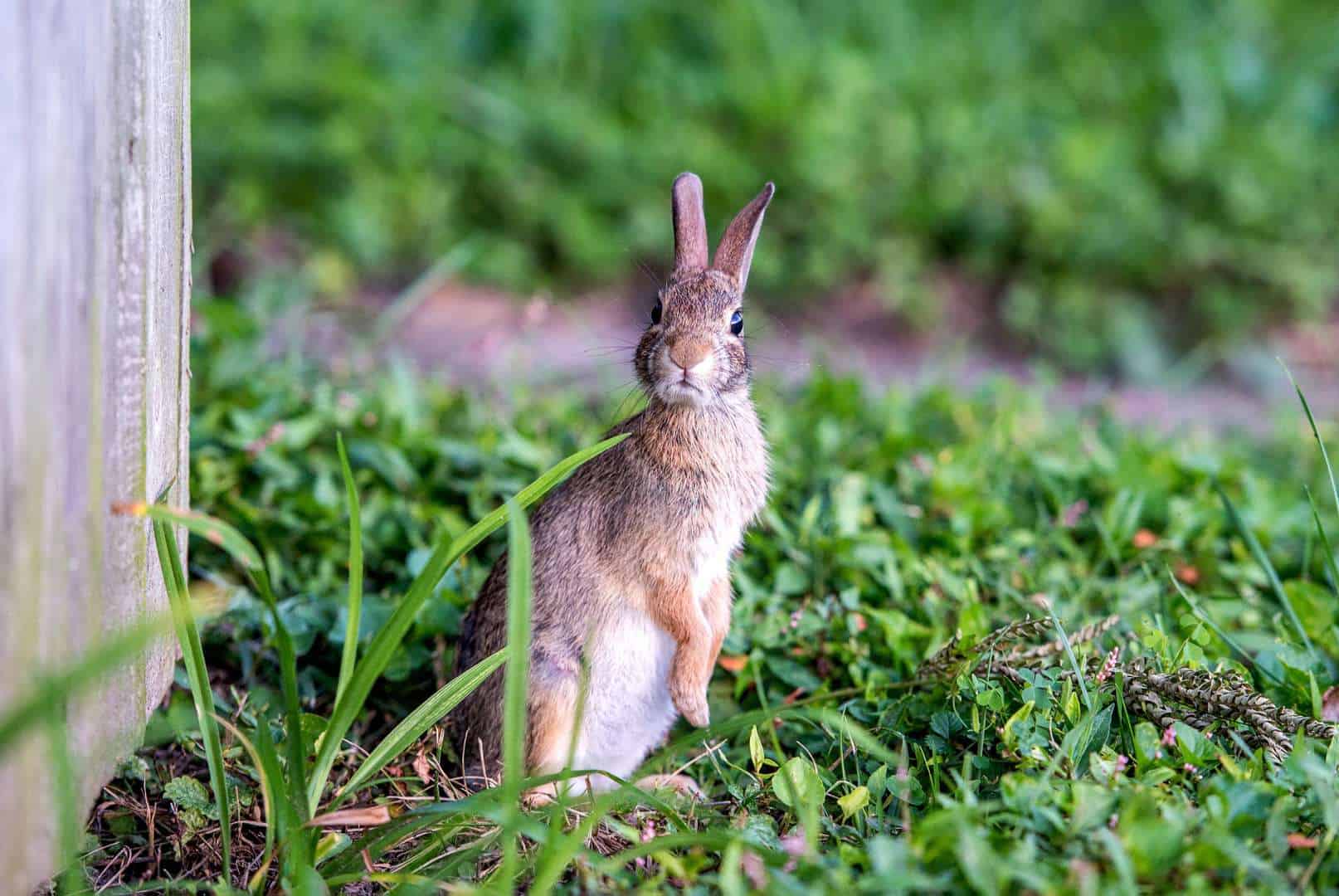
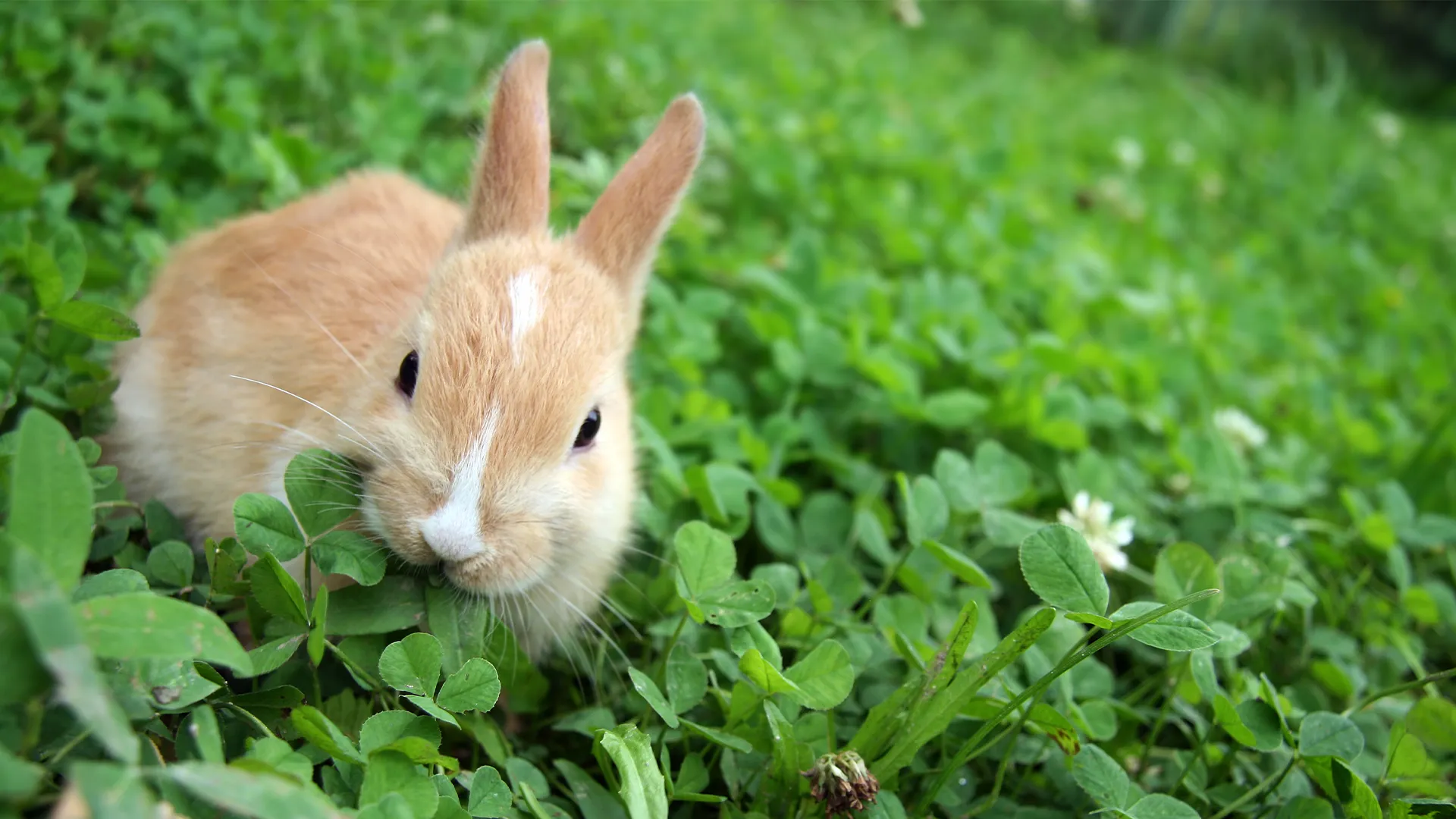
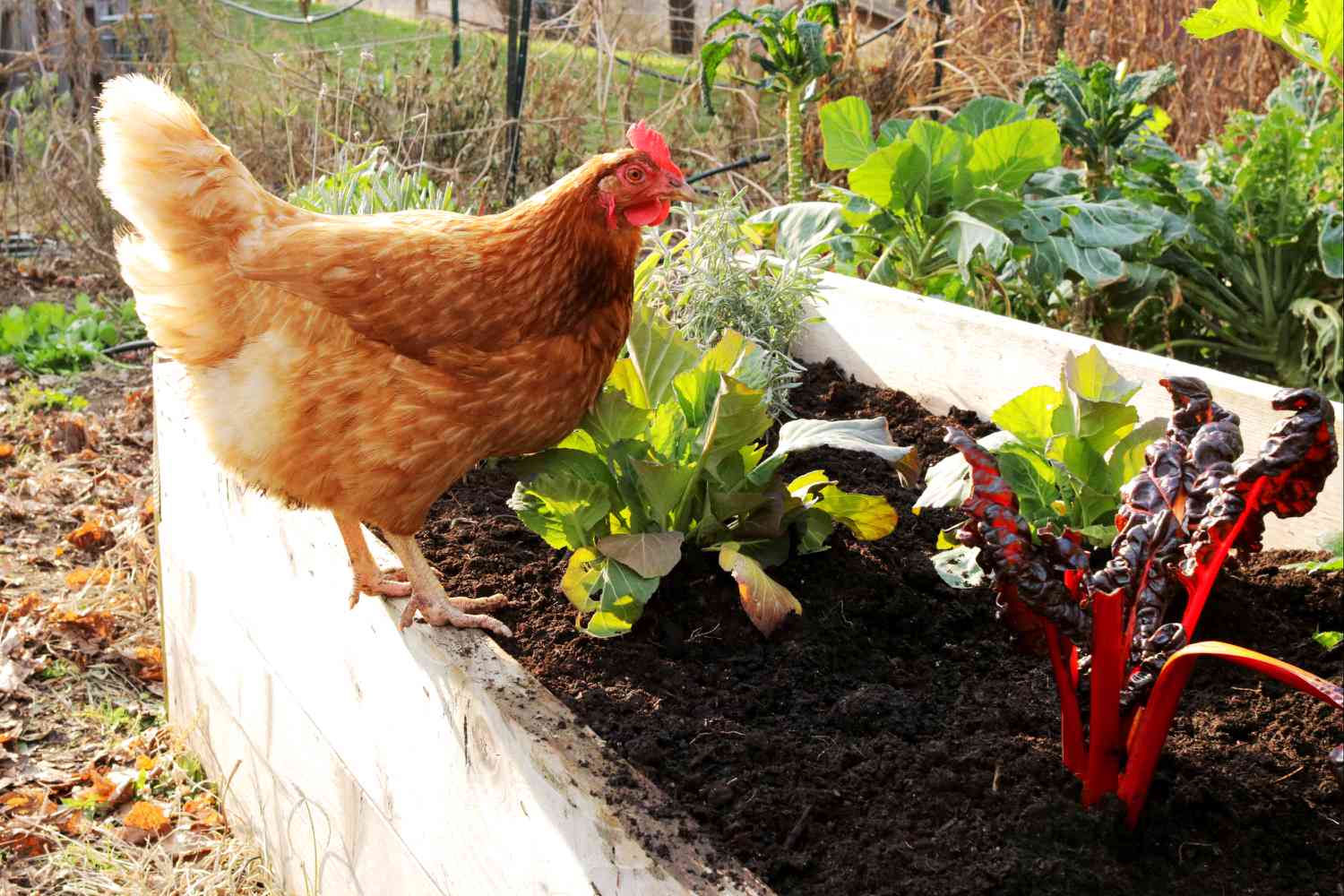
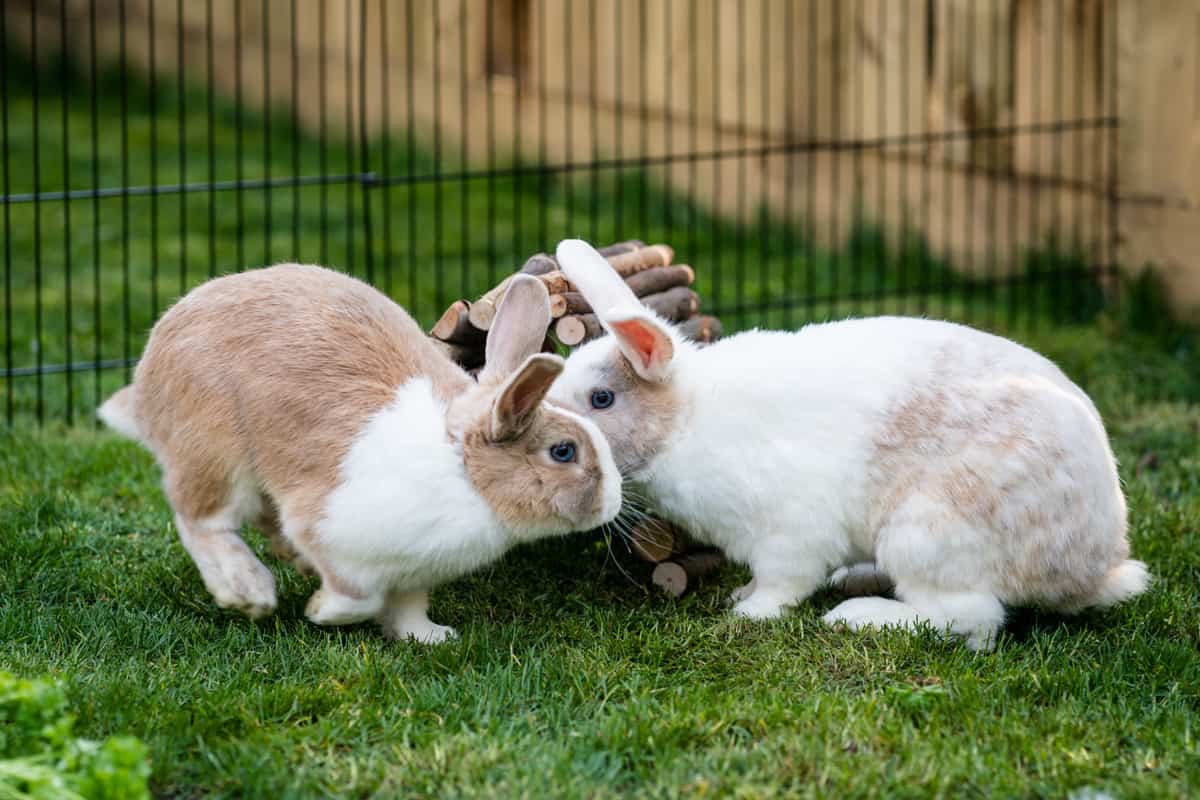
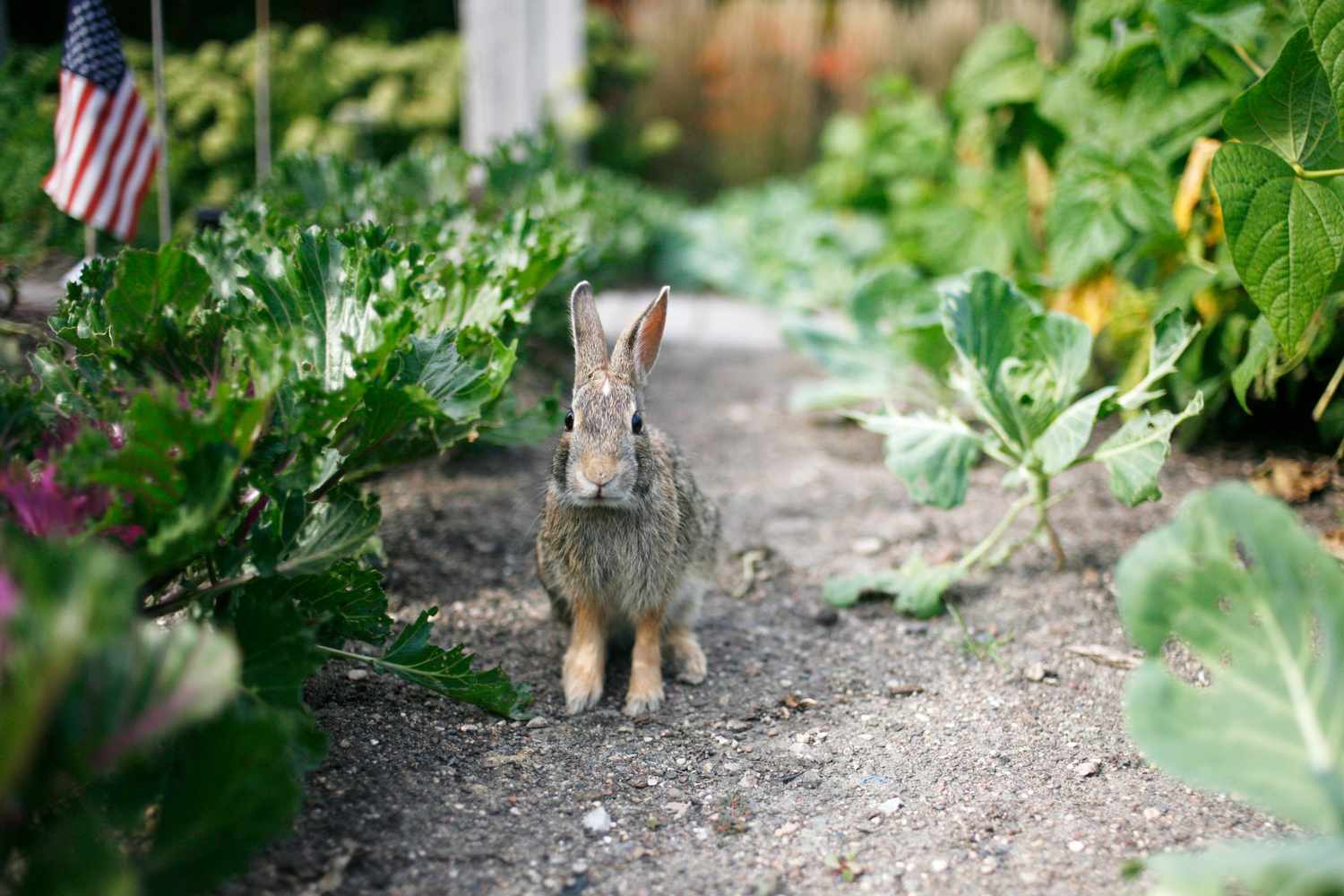
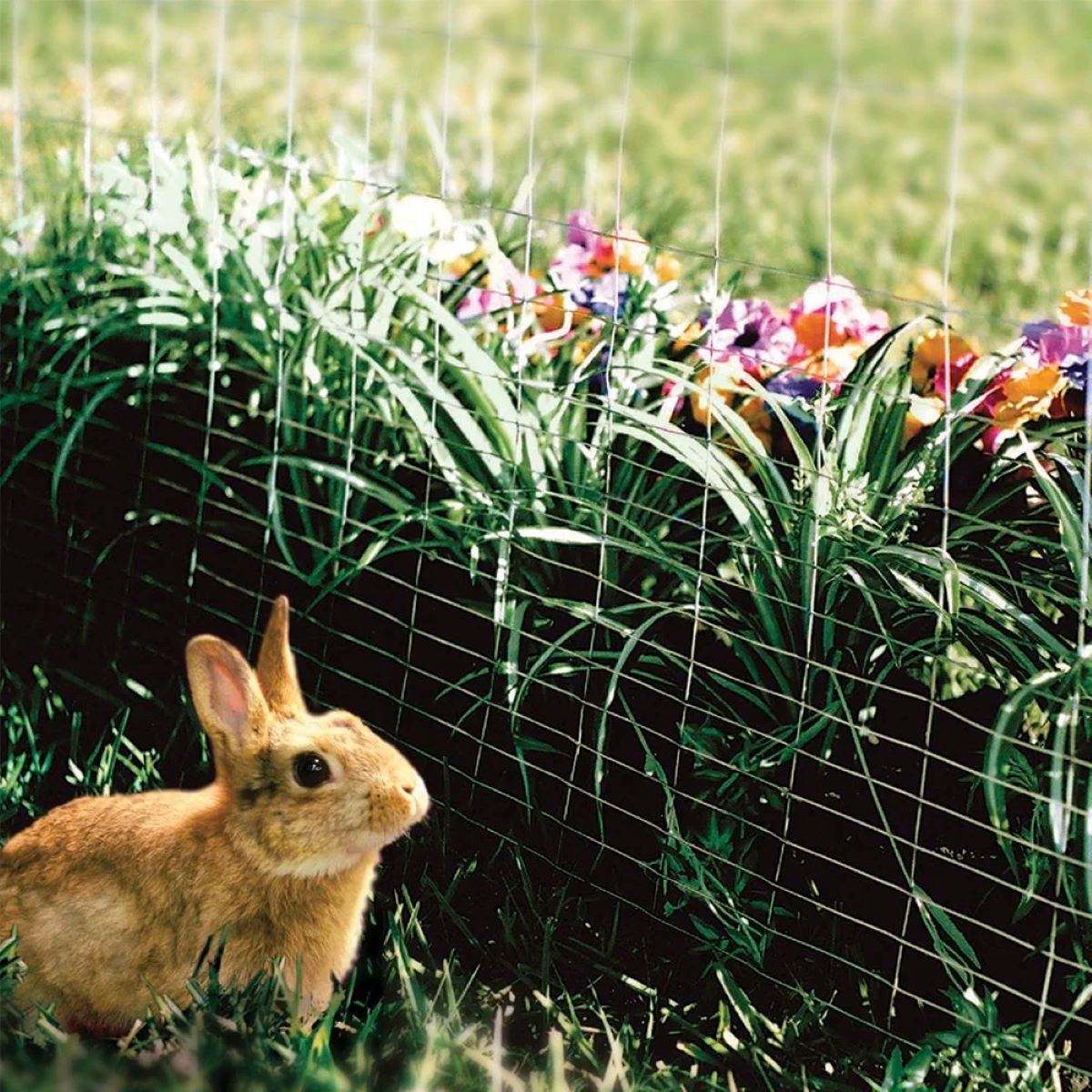

0 thoughts on “How To Store Rabbit Manure”